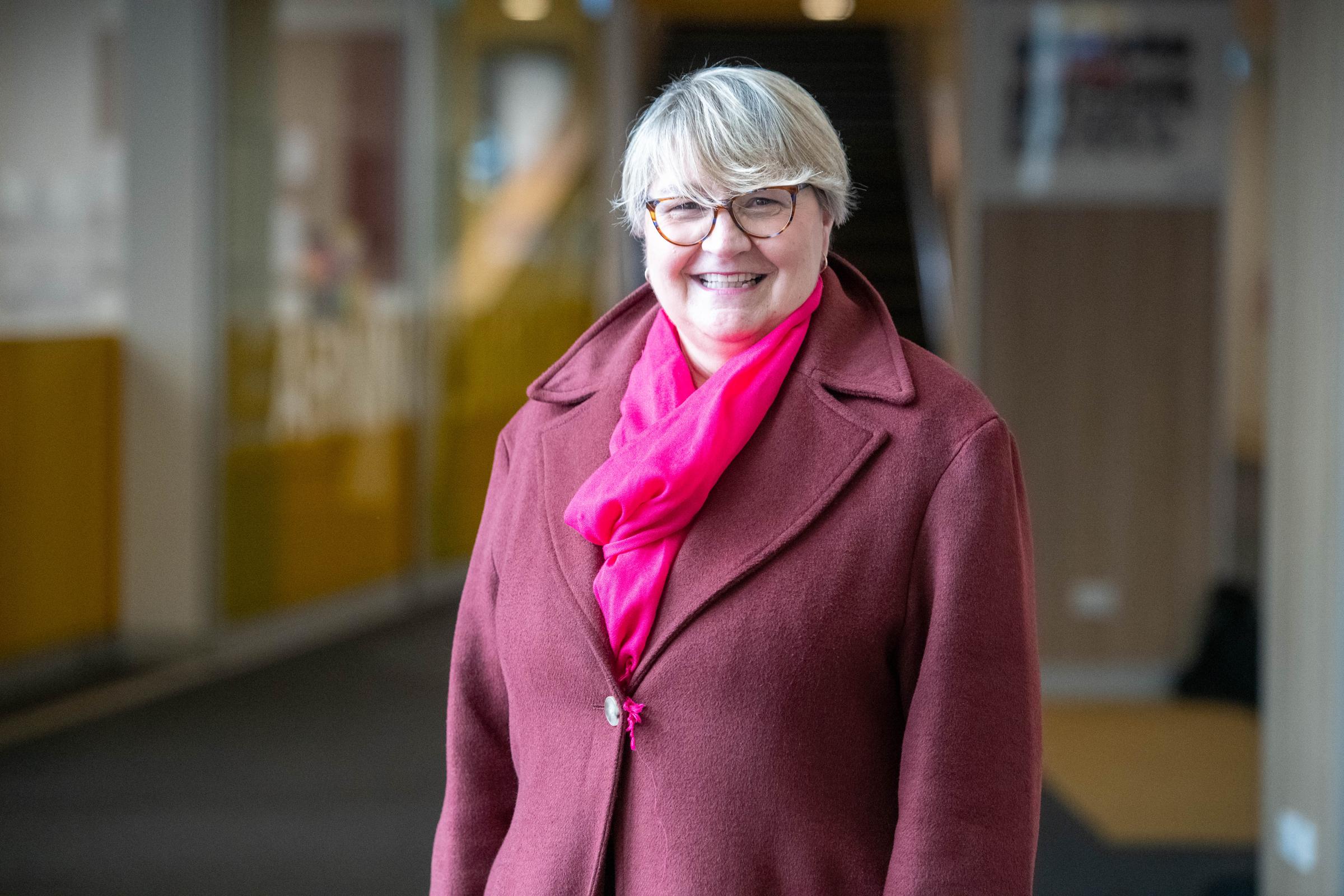From the Head of Senior School

With the onset of the Year 11 examinations this week and the Year 7 to 10 examinations next week, there is often a temptation for students to increase their online activities to help them study. More children and young adults are using the internet at an increasing rate, which increases their exposure to cyber threats.
For parents, the balance between allowing their child access to screen time and monitoring their online presence can be extremely daunting. In today's society, it can be easy for your child to spend too much time online, but knowing how often and why they go online can help you work out a healthier and happier balance for your child by completing alternative offline activities.
Being online should enhance our lives, not dominate them. If you see your child constantly refreshing their apps, checking their notifications, gaming, or viewing many social media platforms, it is probably time to discuss their screen time habits and behaviour with them. Too much time online can make studying, work, and relationships more difficult and even damage your child's physical and mental health. These habits can be hard to break – but like muscles, the brain can be retrained. Making your child aware of the possible impacts can help them realise when it is time to ease back and make positive changes.
Although social media is a great way to stay in touch with friends, it can sometimes cause children to compare their lives to others or feel like they need to be constantly connected. Some children think that the posts they see on social media reflect real life, but most of the time, they show them a lifestyle as realistic as a movie set. Putting filters on a selfie, planning a 'candid' photo, or posting about a night out creates an online persona depicting the best parts of someone's offline life and erases the times when they may feel a little bit down, depressed, or just plain flat. The pressures from social media are very real and can affect your child's mental health and how they feel about themselves.
Often when something happens at school or within a friend group, the drama can spill out onto social media or private messenger apps. Lies and rumours can spread quickly online, and it is not always easy for your child to know how to respond. Teach your child to resist the urge to retaliate. Rather than continuing the cycle of negativity, encourage your child to try intervening with some positive comments or changing the subject. Encourage your child to turn off their notifications and leave their device somewhere for a while so that they can concentrate on other things. If the post, messages, or photos are on a social media service, they should be reported. Reporting is anonymous on most social media services and can be an effective way to stop the negativity of the posts. If the posts are getting more concerning, it might be time to reach out for more help. Your child should be encouraged to talk to a trusted adult, such as a parent, teacher, or someone with more authority who can help them with the situation.
eSafety is Australia's independent regulator for online safety. They are the world's first government agency dedicated to keeping people safer online, which started its operations in 2015 as the Children's eSafety Commissioner. They are a fast-growing team of educators, investigators, lawyers, policy analysts, technology experts, digital specialists, and other professionals who share one goal; a safer and more positive online experience for all Australians. Their website https://www.esafety.gov.au/ contains many invaluable resources for parents, young people, children, women, diverse groups, seniors, and industry to ensure a safer and more positive experience online.
World Diabetes Day: managing diabetes
Monday 14th November is World Diabetes Day, endorsed by the United Nations. The United Nations observes designated days, weeks, years, and decades, each with a theme or topic. The United Nations promotes international awareness and action on these issues by creating special observances.
Diabetes is the epidemic of the 21st century and the most significant challenge confronting Australia's health system. Diabetes is the fastest-growing chronic condition in Australia, increasing faster than other chronic diseases such as heart disease and cancer. All types of diabetes are increasing in prevalence:
- Type 1 diabetes accounts for 10% of all diabetes and is increasing
- Type 2 diabetes accounts for 85% of all diabetes and is increasing
Diabetes is a chronic disease that occurs when the pancreas does not produce enough insulin or the body cannot effectively use the insulin it produces. This leads to an increased concentration of glucose in the blood (hyperglycaemia). Type 1 diabetes (previously known as insulin-dependent or childhood-onset diabetes) is characterised by a lack of insulin production. Type 2 diabetes (formerly called non-insulin-dependent or adult-onset diabetes) is caused by the body's ineffective use of insulin. It often results from excess body weight and physical inactivity. Gestational diabetes is hyperglycaemia that is first recognised during pregnancy.
In schools, all staff are trained to recognise and respond to the symptoms of students living with diabetes. The training includes understanding the different types of diabetes, monitoring glucose levels and insulin, managing lows and highs, physical activity, school camps and planning for change.
In Senior School, most students with diabetes self-manage their condition. However, teachers and staff have an important role in ensuring that students with diabetes experience a supportive and inclusive learning environment. This is key to ensuring that their health and care needs are accommodated and may involve allowing a student to leave class to test their sugar levels or have a snack. Having a regularly updated Diabetes Management Plan is essential to allow the School to support a student to learn and participate fully in their school experience.
Ms Dawn Davis
Head of Senior School



